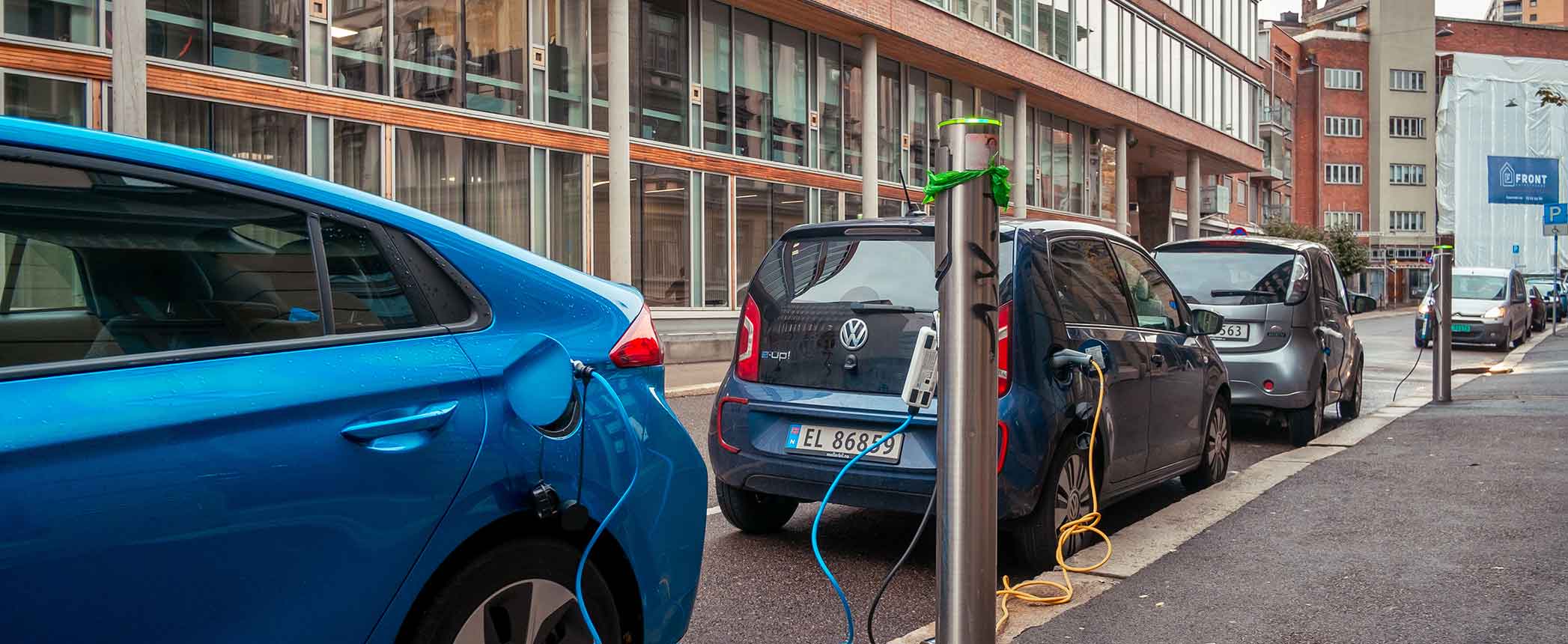
Norway is a leading proponent of EVs, including battery electric vehicles and hybrids, offering its drivers an enticing package of incentives and tax breaks to buy such vehicles.
By the end of 2018, half of the 147,929 new cars registered in the oil-rich Scandinavian kingdom of Norway that year were alternatively fueled.
In 2017, 39% of new vehicles sold were EVs, rising from only 3% in 2013, according to figures provided by Artyom Tchenand, author of a recent report on EVs in Norway and senior analyst for Rystad Energy, a Norwegian energy consulting firm.
Some believe this figure could reach 70% in 2019, helped in part by the launch of Tesla’s much-anticipated Model 3 and the Audi e-tron. Nissan’s Leaf model was Norway’s most popular EV in 2018, followed by Tesla’s other models.
According to Tchenand, factors leading to such high EVs numbers in the country include high per capita income, above average per capita car ownership (2.7 million passenger vehicles for a population of 5.2 million), high homeownership allowing for domestic charging with cheap hydroelectricity, short average commutes and low speed limits. Tchenand found the single most important driver of EV penetration in Norway is purchase subsides, according to every survey conducted since 2013. Rystad estimated subsidies and waivers may be worth more than U.S. $20,000 over five years to EV owners.
Taxes on new conventional engine cars can be up to 120% of the sales price. Until now, this has been waived by the government for EVs, making the market price of an electric car on par with a mid-priced Toyota Corolla or Volkswagen Golf. Effectively, this means internal combustion engine buyers are subsidizing buyers of Teslas and Priuses.
The capital Oslo, where a fifth of the population lives, also offers free vehicle charging, free parking worth savings of up to $40 per day, use of bus lanes, waivers of tolls costing up to $9 when entering the city and several other incentives. Other cities have followed suit.
Incentives certainly seem to have succeeded in helping to encourage sales of EVs, but they are offered at a cost, and that cost only increases as EV numbers rise. Despite being a well-off country, Norway’s state and city coffers are not bottomless, and revenues, be they fuel, VAT or tolls, need to be collected from somewhere.
Globally, 55% of all new car sales and 33% of the 1.6 billion car parc will be electric by 2040, Bloomberg New Energy Finance predicted in its Electric Vehicle Outlook 2018.
|
“While we will certainly see acceleration of electric vehicle sales in the rest of Europe as new, more affordable and longer-range models enter the market, we do not see the Norwegian model to be easily replicable in the rest of Europe.”
— Artyom Tchenand
|
The BNEF report cites decreasing costs, increasing range and a wider variety of available models for the expansion. The report also claims cost parity per unit with ICE models will be reached by 2024, having previously put that timeframe at 2026.
“While we will certainly see acceleration of electric vehicle sales in the rest of Europe as new, more affordable and longer-range models enter the market, we do not see the Norwegian model to be easily replicable in the rest of Europe,” Tchenand told Lubes’n’Greases. He cited the lack of similar per capita income and public acceptance of aggressive pro-EV policies in other countries.
“These generous policies can be in theory replicated in other European countries. In practice, implementation may face some acceptance headwinds, like the additional environment tax on fuel recently did in France,” he said.
The German, British and French car markets are significantly bigger than Norway’s, with about 3.5 million, 2.7 million and 2 million sold per year, respectively, Tchenand noted. “Disrupting these high numbers will require significantly higher infrastructure investments and EV manufacturing and dealership capacities.”
Tchenand found that EV penetration in the rest of Europe will be “stretched across the long-term, rather than arriving explosively as a market shock.”
For this success story to repeat, the same tax and subsidy regimes will need to be rolled out to offset the initial cost of purchase difference to the man in the street, despite potentially substantial savings during the vehicle’s lifetime.

Sorry, a technical error occurred and we were unable to log you into your account. We have emailed the problem to our team, and they are looking into the matter. You can reach us at cs@lubesngreases.com.
Click here link to homepage